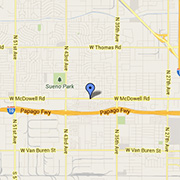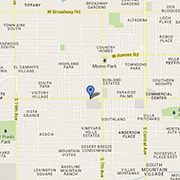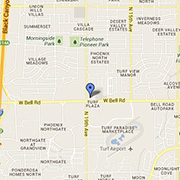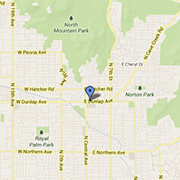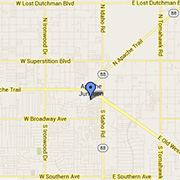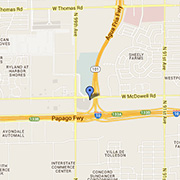Full-mouth restoration, more commonly known as full-mouth reconstruction or full-mouth rehabilitation, is the process of improving the health and overall appearance of a patient’s teeth, gums, and smile, by restoring or rebuilding all teeth in the upper and lower jaws.
The procedure of full-mouth restoration is usually recommended for those who have missing, worn down, or damaged teeth to help not only bring back a beautiful smile, but to also help with chewing and biting.
The first step in getting a full-mouth restoration is contacting a dentist for a comprehensive examination. This will help determine the severity of the problem, as well as help determine if a patient will need gum restoration, or if the problem resides mainly in the teeth.
Who is a good candidate for full-mouth restoration?
Typically, anyone suffering from things like headaches, jaw pain, popping or clicking in the jaw, and other symptoms of temporomandibular joint dysfunction (TMD) are good candidates. Anyone who has missing or worn-down teeth due to grinding or bad clenching habits may also be the right person for a procedure like full-mouth restoration.
Once a dentist has determined the main problem areas, the process of full-mouth restoration may begin. The reconstruction itself can take place over multiple phases and visits, and can take place over the span of twelve or more months depending on the situation.
What does a full-mouth restoration procedure entail?
Take a look at the procedures that may occur during a full-mouth restoration, thanks to our friends at YourDentistryGuide.com
- Preemptive teeth cleaning and basic care
- Crown lengthening in order to expose positive tooth structure for crowns or bridges
- Repositioning of jaw with orthognathic surgery
- Contouring gum tissue for balanced smile
- Reduction of natural tooth structure for placement of bridges, crowns, or veneers
- Temporary restoration placement
- Placement of braces for best possible position
- Implant placement
- Bone/soft tissue grafting to enhance teeth stability




